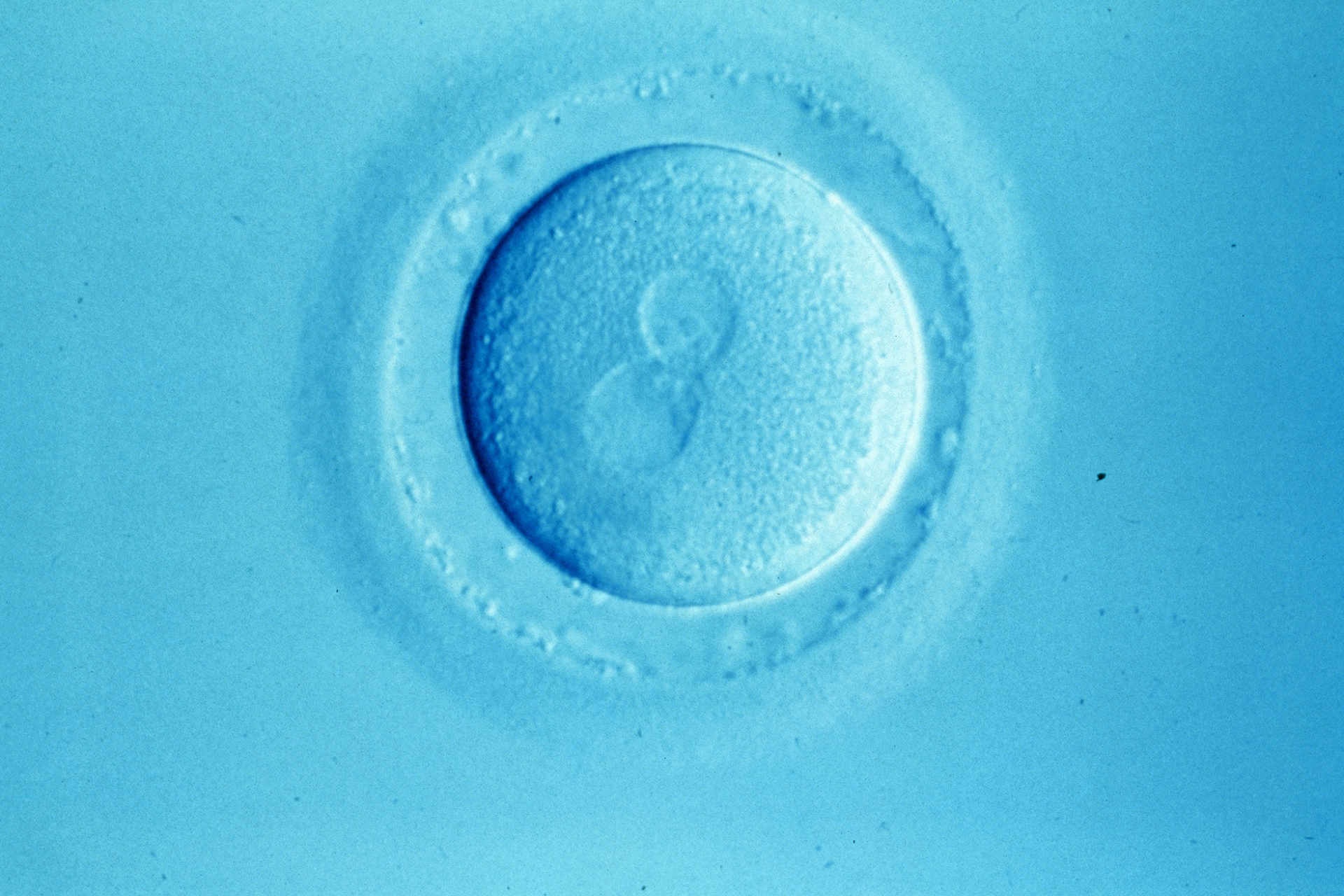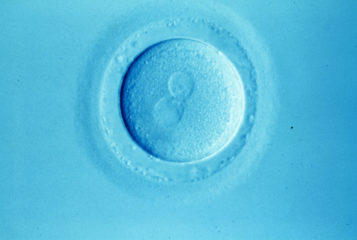The central characters in Sue Bourne's hour-long documentary 'The Vikings Are Coming' are three single women, Holly (36), Gemma (40), and Amanda (43) and a lesbian couple in their thirties, Kal and Anna. Largely reliant on video footage filmed by the women themselves, viewers are able to witness Holly's, Gemma's, Kal's and Anna's emotional roller coaster as they try to get pregnant using Danish donor sperm (Amanda is already pregnant at the start of the film). By the end of the film, only Gemma remains childless.
The voice-over at the beginning of the film provides some scene-setting, most of which will be familiar to BioNews readers, providing a mixture of fact and half-truths, such as: UK sperm supplies 'dwindled' following the removal of donor anonymity in 2005 (no mention that even after this, the number of domestic sperm donors increased and in 2013 still comprised more than two thirds of all new donors registered in the UK (1)); we are entering a 'brave new world where women don't need men anymore' (where do they think the sperm comes from?); that 'a generation of Viking donor children is now being created' (no mention that Danish donors accounted for less than 20 percent of all new non-UK donor registrations in 2013, compared to 70 percent from the USA — and less than six percent of new donor registrations overall in 2013 (1)).
As the programme itself showed, official statistics tell only part of the story, and do not include women who undergo donor insemination out of the country or import sperm for home insemination. The truth is no one knows how prevalent these practices are. In a final journalistic flourish, viewers are rewarded with the clichéd sound-bite, 'family life may never be the same again'.
In addition to capturing the stories of these five women, Bourne interviewed Ole Schou, founder of Cryos International, whose donors are claimed to have fathered more than 30,000 offspring worldwide. When questioned, Schou was not able to tell how many offspring had been produced by individual donors (this is because there is no system for reporting back to Cryos the outcomes of inseminations).
The film also included an interview with Ina, a 19-year-old Danish donor-conceived woman, whose mother was an early 'single mother by choice' who used an anonymous donor. Ina's account of her experience is no less moving than that of the five women pursuing their dreams of family-building. Similar to stories told by others in a similar situation, Ina recounts her difficulties associated with the nature of her conception ('like a baby made in a factory'), her lack of knowledge about the donor and of feeling like an 'alien' when she was a child. She wants to have information about her donor so as 'to make me a real person'.
None of the four Cryos donors interviewed anticipated being a major player in the lives of any offspring, even if they ever find out about each other. This is largely in keeping with what we know already about the expectations of donor-conceived individuals in the event that they make contact with their donor (2); however I was left with the impression that none of them was ideally prepared for the implications of the responsibility of what they had taken on.
In one of the film's rare lighter moments, Anna's parents decide to visit Anna and Kal on the very day they are expecting their delivery of frozen sperm. Anna's dad confesses to being 'old school... we don't know what's going on... (this is) weird to us'. At Kal's request, Anna takes a photo with her mobile phone of her parents sitting on the sofa with the sperm canister between them to send to Kal at work. Yes, really quite weird...
Although the film largely left participants to tell their story in their own words and feelings, it lacked much in the way of incisive questioning or analysis. It was, nevertheless, poignantly compelling viewing. So, it might be a good idea to have some tissues handy to dry your eyes.




Leave a Reply
You must be logged in to post a comment.